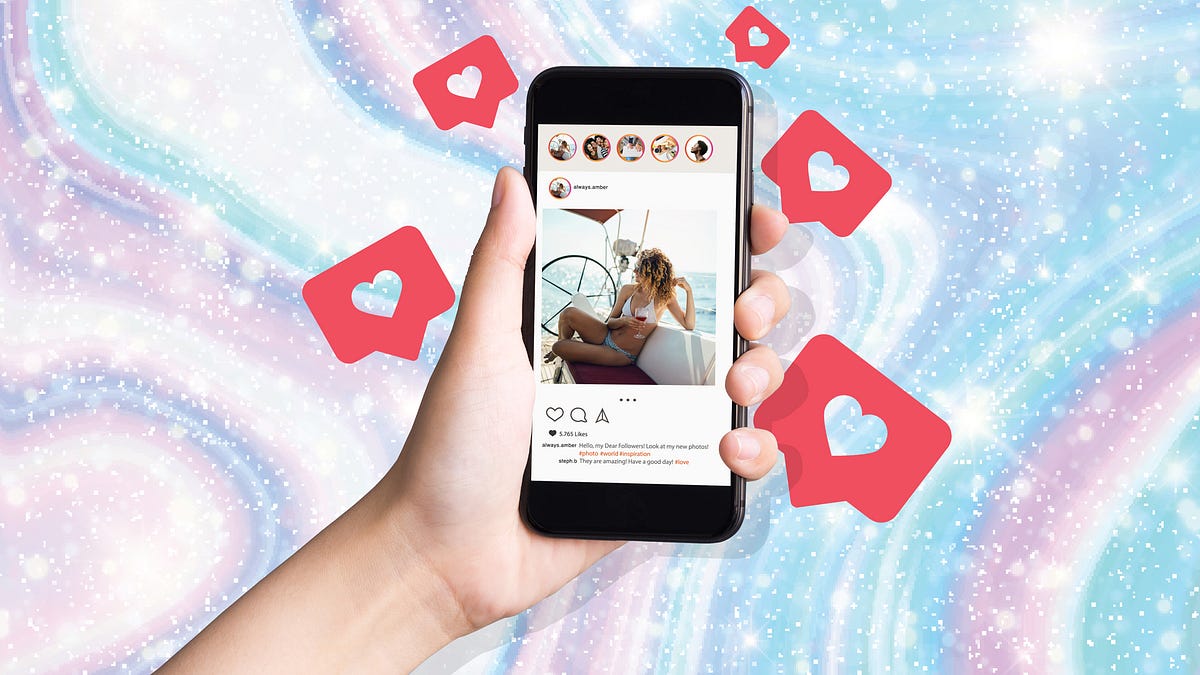Attention is the currency of choice in today’s social media landscape. Most apps and sites you use are free — you scroll past ads creepily containing what you talked about in the other room five minutes ago, and companies happily shell out big bucks for the privilege of invading your space.
The prime directive of marketing is get eyes on product_. _And these days, our eyes are fixed on curated news-feed content. The average social media user spends about 2.5 hours a day consuming whatever the algorithms cook up.
The social media landscape is best modeled as a network graph (Most things I talk about involve network graphs).

Related hashtags on Instagram, Jonas Schroder
If we model Instagram as a network with user-nodes and follow-edges, then some popular accounts will be able to attract people’s attention any which way. That means there’s mega money involved in paying “influencers” to shill your product.
But like any system where money’s involved, people find ways to game it, or gamble and lose hard. There’s an interesting story from a year ago: “Instagrammer with 2 million followers couldn’t sell 36 shirts”.
It kicked off a bunch of questions like “is the influencer bubble about to burst?”.
Critics have since pointed out that the user in question may have under-marketed her product line, or missed the mark with audience-tailored designs. Whatever the verdict, it’s a clear case of an influencer without actual influence.
#instagram #python #social-media #data-science #influencer-marketing
